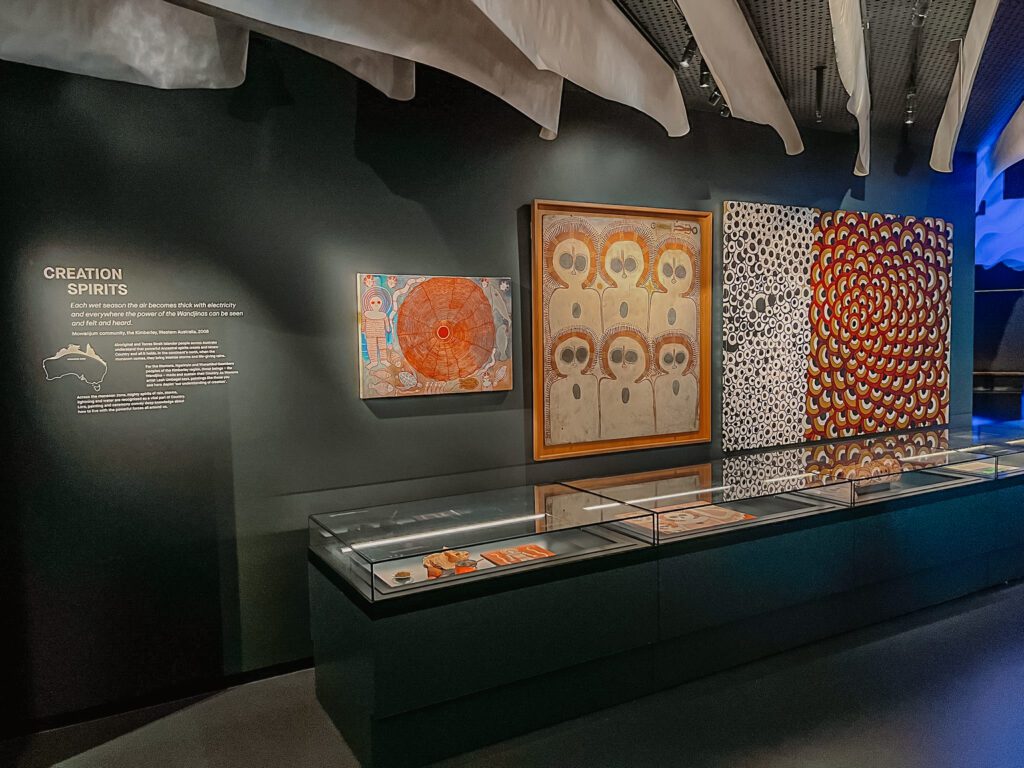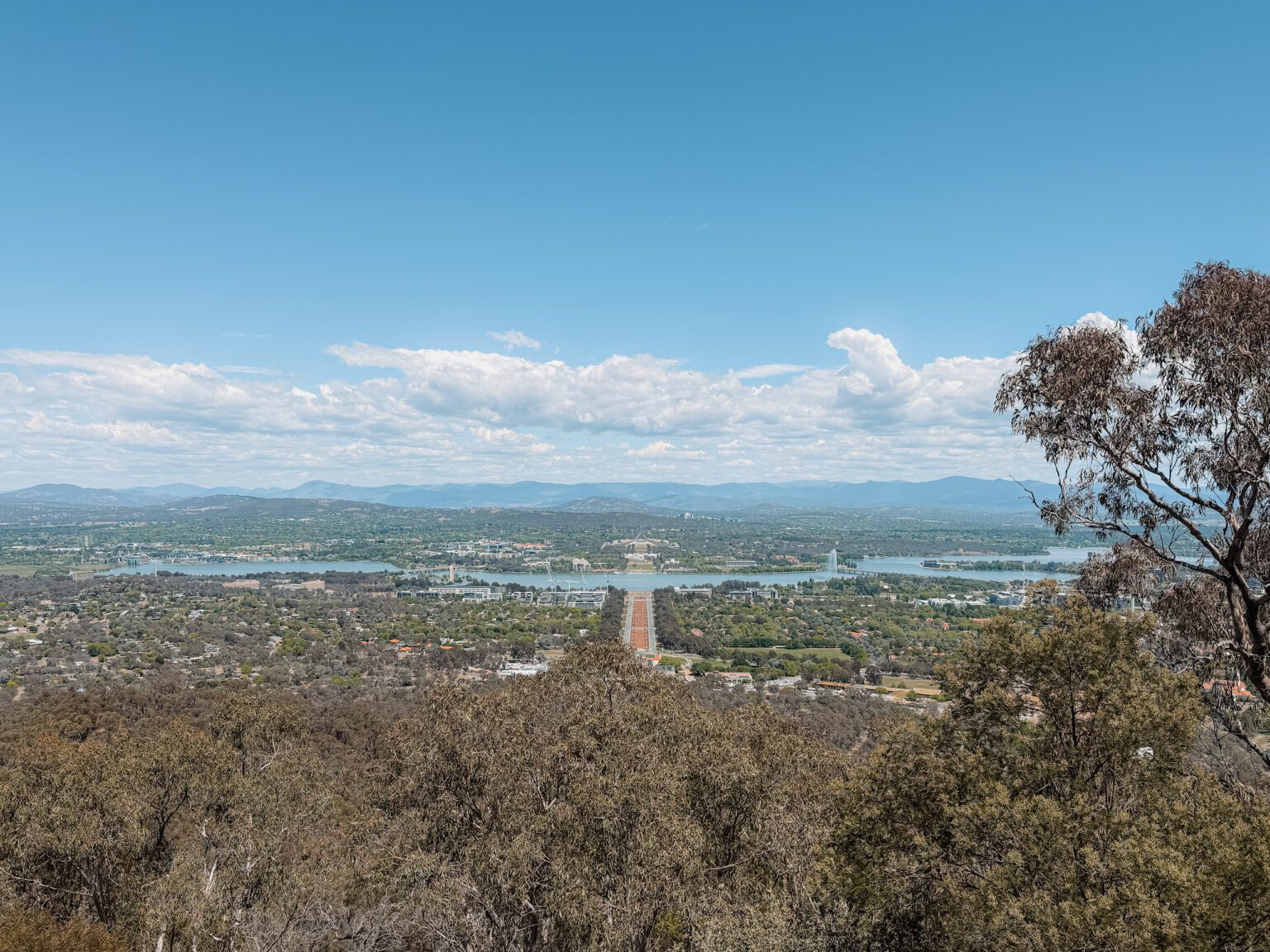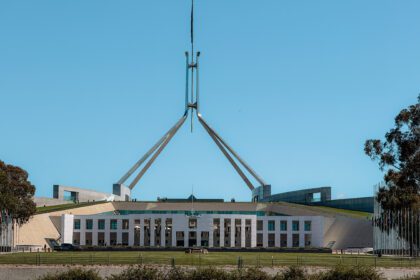Do you know what the capital of Australia is? Did you guess Sydney or Melbourne? While they are the two biggest cities and the economic hubs of the country, Canberra is actually the capital city and governmental center of the nation. It is the largest inland city and located between Sydney and Melbourne, a compromise when deciding where the capital would be located when Australia became an independent country. When we told local Australians that we were visiting Canberra, many questioned if it was the best use of our time, especially since many of them had never felt inclined to visit the city.
Conversations around politics and government are incredibly different in Australia than in the United States. Most people have stated that they are more heavily impacted by the political actions of the United States than what their own government does. (We could probably write a whole dissertation on this topic.) This means that most don’t follow their national political news, especially since most of the governance seems to lie in the local and state levels of government. Honestly, this piqued our interest even more and we felt that we had to learn more about the political system in this country that seemed to be more of an afterthought in day-to-day life.
Canberra, unlike the other cities in the country, is not located on the ocean, making it a less enticing place to visit within Australia. However, what it lacks in nature opportunities, it makes up for in rich museums and historical information. We spent our weekend visiting Canberra’s different museums and monuments to learn about Australian history and culture. Yes, this may not be everyone’s number one destination when they come to Australia but if you are here for a while and are interested in the history and politics of this nation, it may be worth the weekend stop.
Destination Overview
Canberra and the Australian Capital Territory
So how did Canberra come to be the capital city of the country if it has never been the economic or cultural hub of the country and many people have never heard of it? After the federation of the former six British colonies as the Commonwealth of Australia in 1901 there was a protracted dispute between Sydney and Melbourne regarding which city would serve as the nation’s capital. These were the most important cities in the country and each wanted to be the capital city.
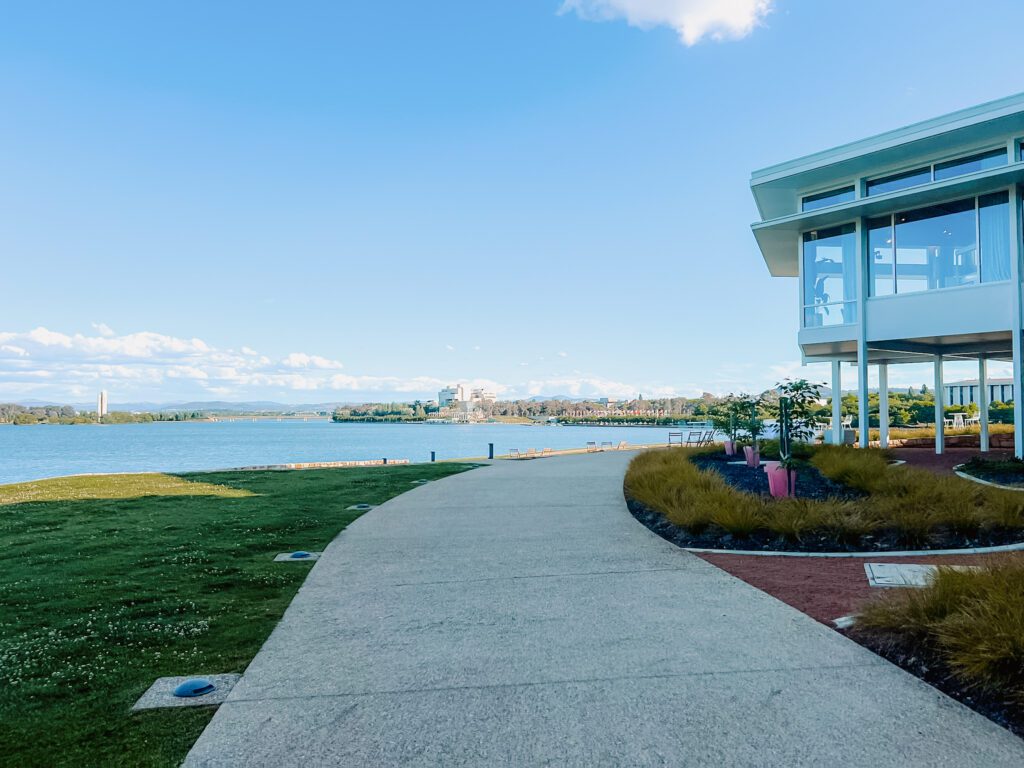
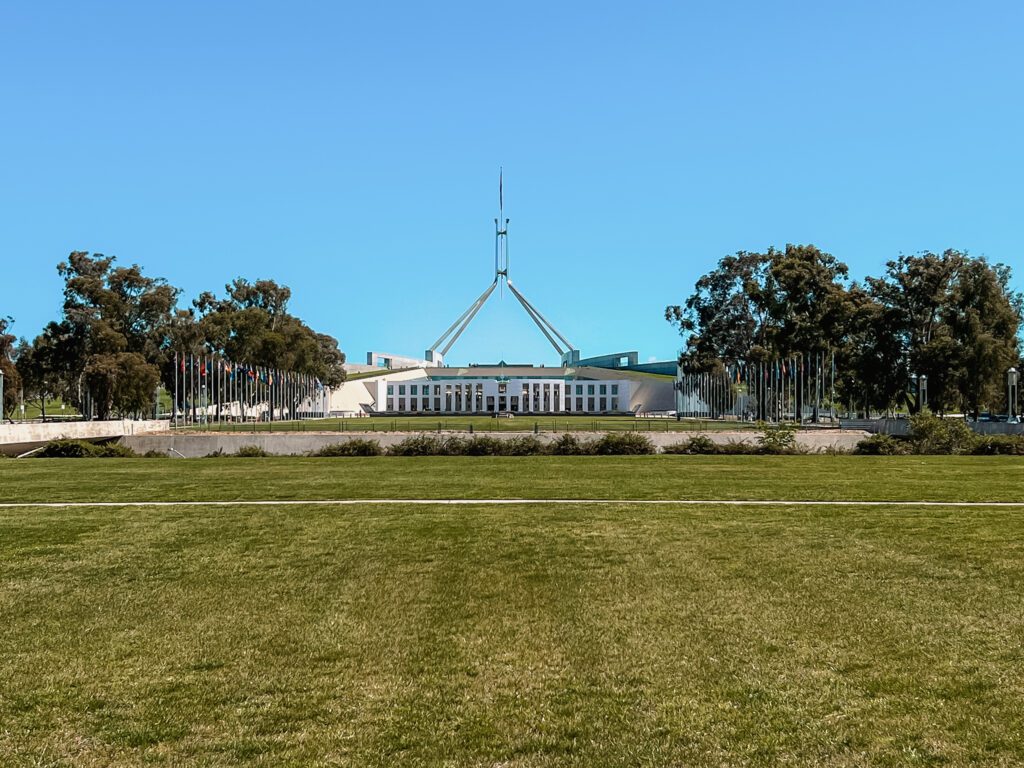
Eventually a compromise was made to create the Australian Capital Territory (ACT) as a separate area from New South Wales (the state containing Sydney) and Victoria (the state containing Melbourne). The capital city within the ACT was named Canberra and founded in 1913. Through an international design contest, an American architect from Chicago, Walter Burley Griffin, was selected to design and develop the planned city. Today Canberra is the largest inland city in Australia and home to the federal government as well as many of the most significant cultural institutions of the country, all of which can be visited free of charge.
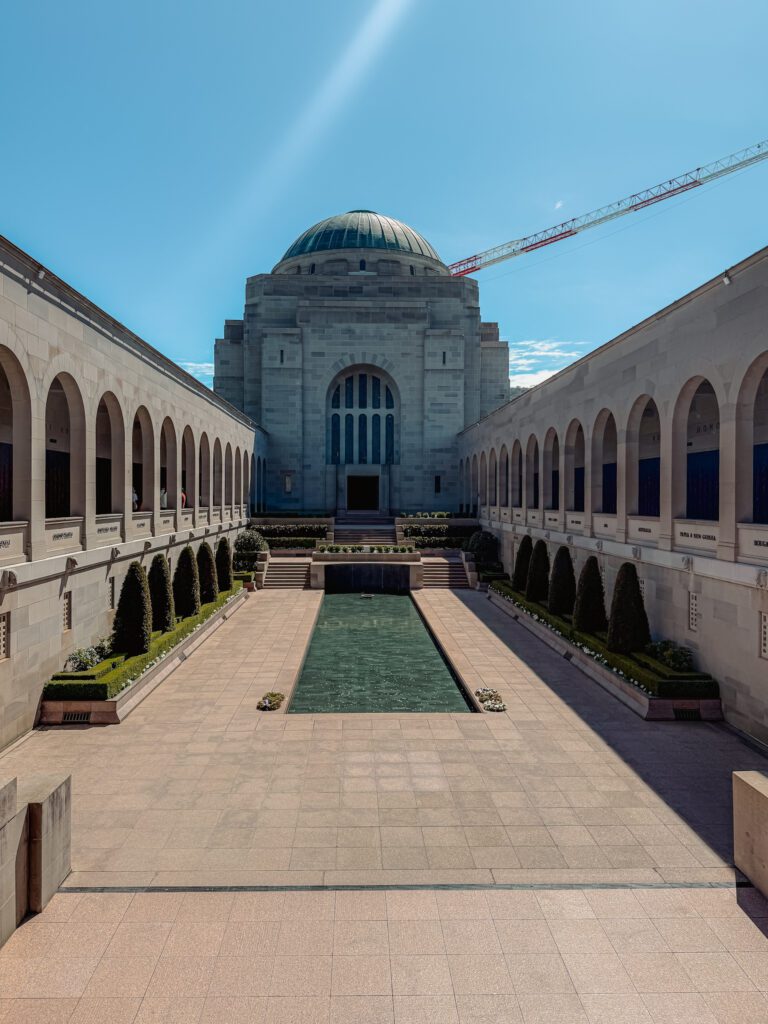
Where to Read More
The Only Canberra Itinerary You Need to Visit Australia’s Capital
All the museums to visit and things to do when visiting Canberra, Australia's Capital City, to learn about the history of the country.
An Interesting Fact
Australia’s Government Is a Constitutional Monarchy
During our visit to Canberra, we stopped by the Parliament House of Australia and were surprised to find out that after passing through security we could explore many aspects of the building. We were told that Australia believes in making the democratic process transparent and offers access to watching the debates and meetings of both the House of Representatives and Senate every week.
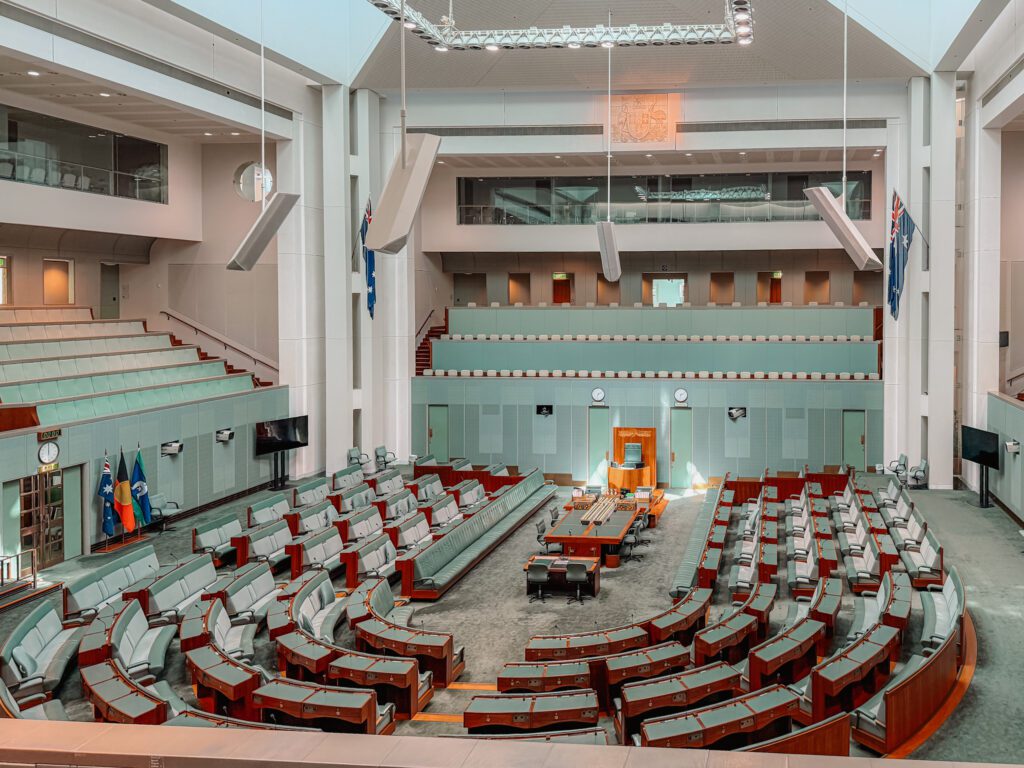
Since we visited on the weekend, there were no meetings, but they were offering various free and paid tours. We joined the free, 30-minute Heart of the House Tour, which was a jam packed informational overview of how parliament functions in Australia. Our tour guide, Maggie, was passionate about Australia’s democracy and taught us about the process of creating laws within the Constitutional Monarchy of this country.
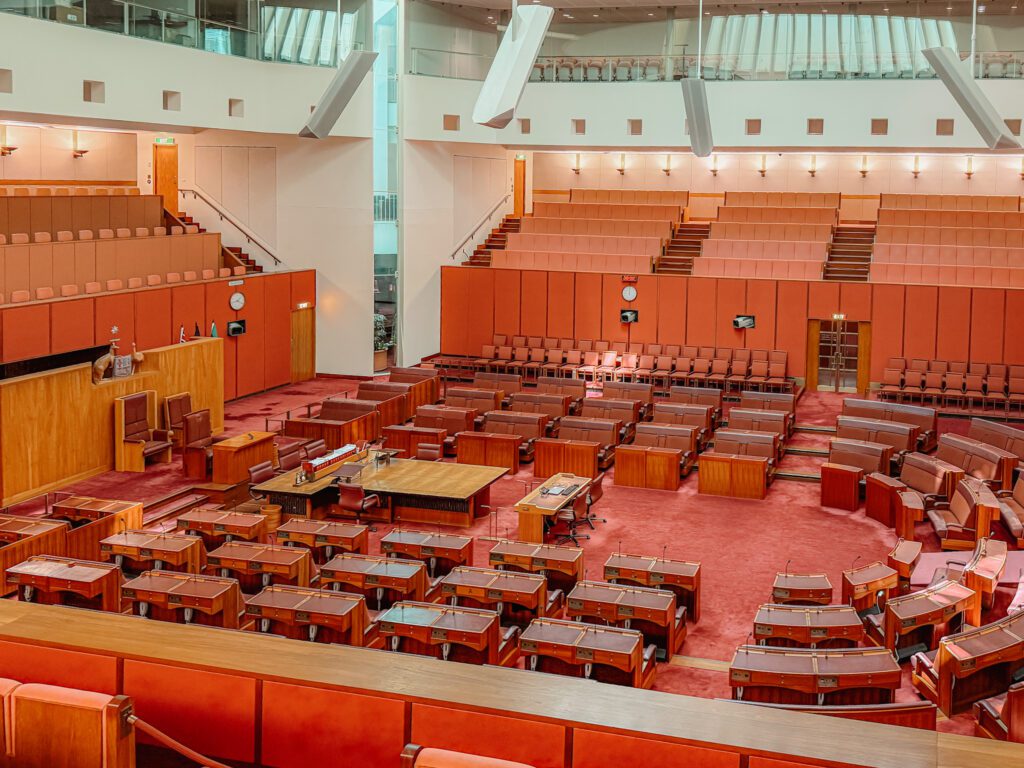
Australia has a House of Representatives and a Senate that are in charge of drafting laws with slight exceptions to some legislation needing to be drafted exclusively in the House. Both the House of Representatives and Senate are voted on by the people of Australia based on where they live. Two parties occupy the majority of seats in each chamber but no single party holds a majority to be able to pass laws. There are a significant number of smaller party and independent seats that these major parties need to work with in order for laws to be passed.
One unique aspect in Australia is that there is a third part of the legislative process led by the Governor General who is appointed by the King or Queen of England to serve as their representative. This role has become primarily ceremonial but after the laws are passed by both the Senate and the House of Representatives, this person is required to sign off on it before it officially becomes law.
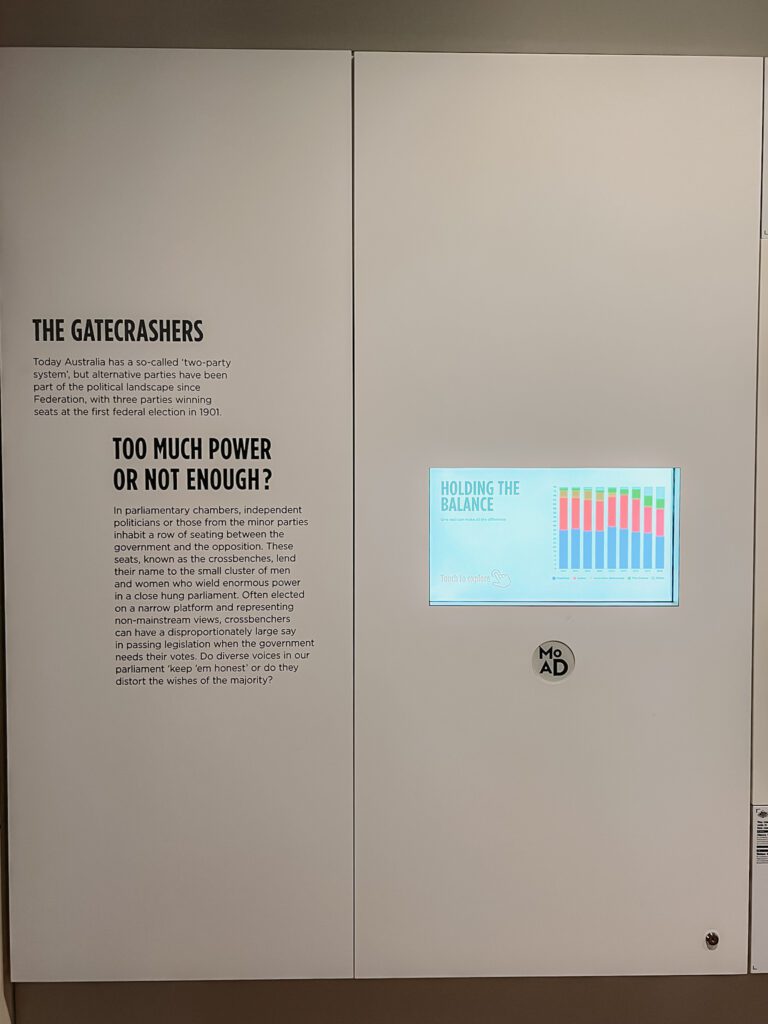
Travel Tip of the Week
Take Advantage of Visiting Canberra's Free Museums
When we first arrived in Canberra, we knew that there were some of the most significant monuments and museums of Australia located there, in addition to the federal government buildings. What we didn’t realize until we started visiting them is that every one that we went to was free of charge, and packed with modern and informative exhibits. Many also offered a combination of free and paid guided tours to learn more from experts.
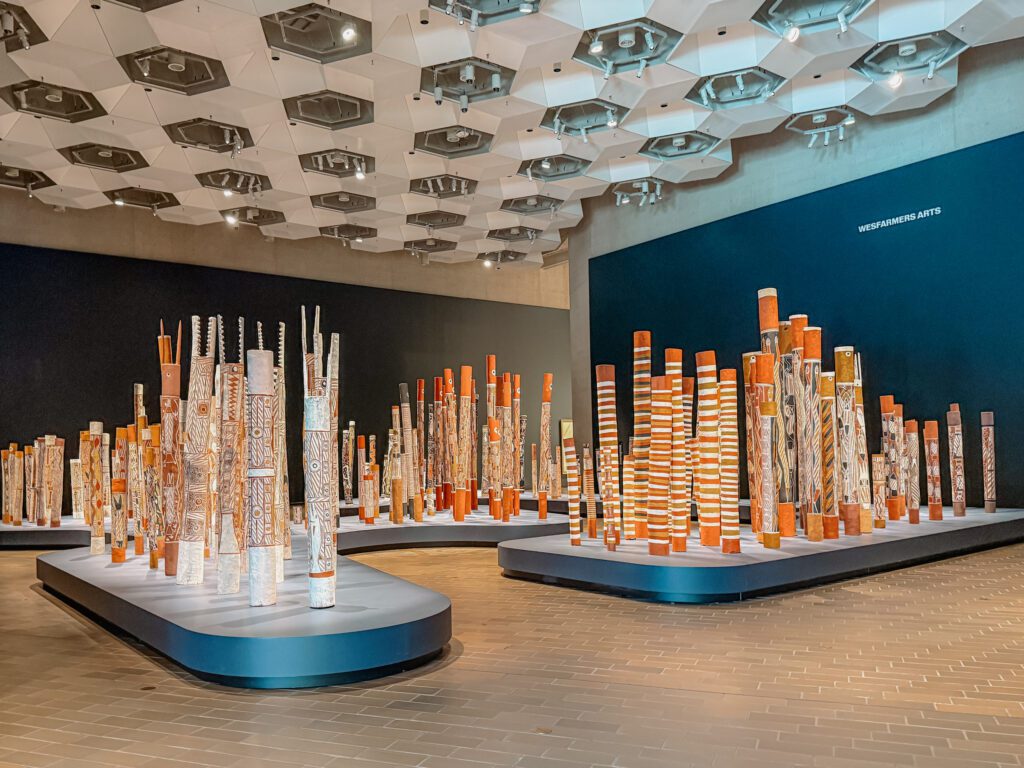
We could have spent hours and hours at each museum, but had not budgeted enough time to thoroughly explore the depth that they had to offer. Fortunately we did have time to at least stop in a handful of museums and gain a great introduction to the history of Australia that has made it into the country we are exploring today.
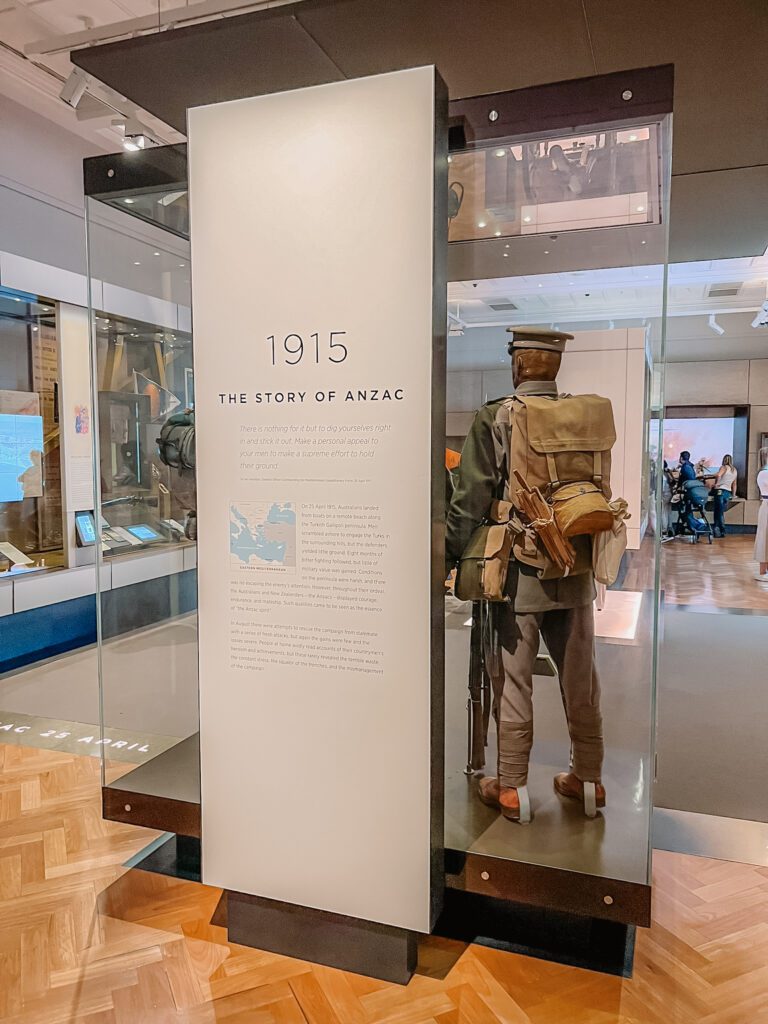
A few of our favorite stops included:
- National Gallery of Australia: the most valuable collection of art in Australia with over 155,000 works including the largest collection of Aboriginal and Torres Strait Islander art
- Australian War Memorial: commemorates all of Australians who died during war and contains a museum with exhibits focused on World War 1, World War 2, and The Cold War
- National Museum of Australia: a place to learn about the diverse stories of Australia and its people, including extensive exhibits dedicated to the First Australians
